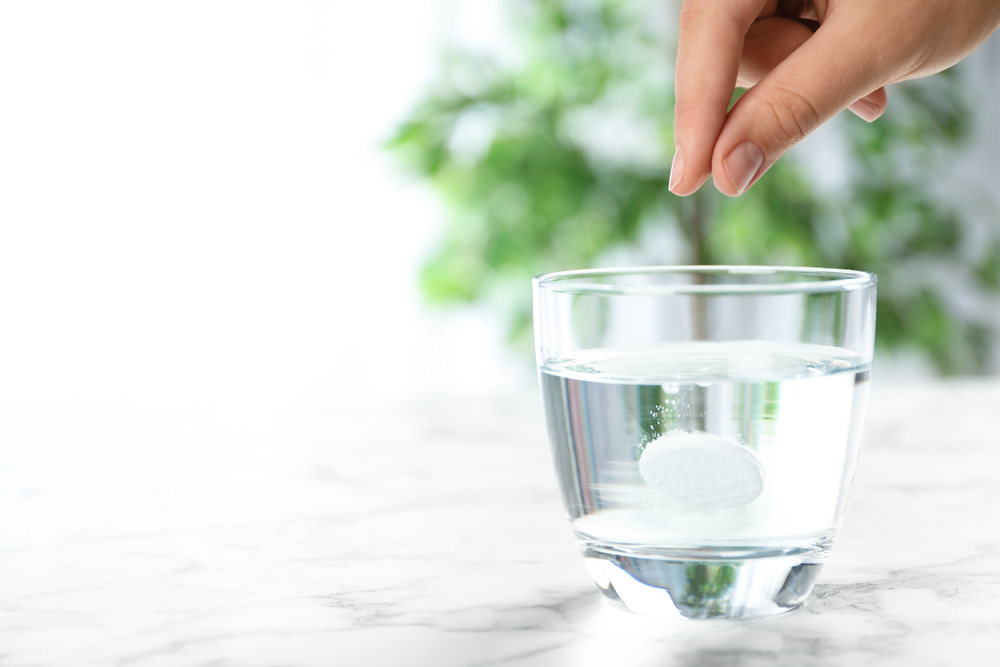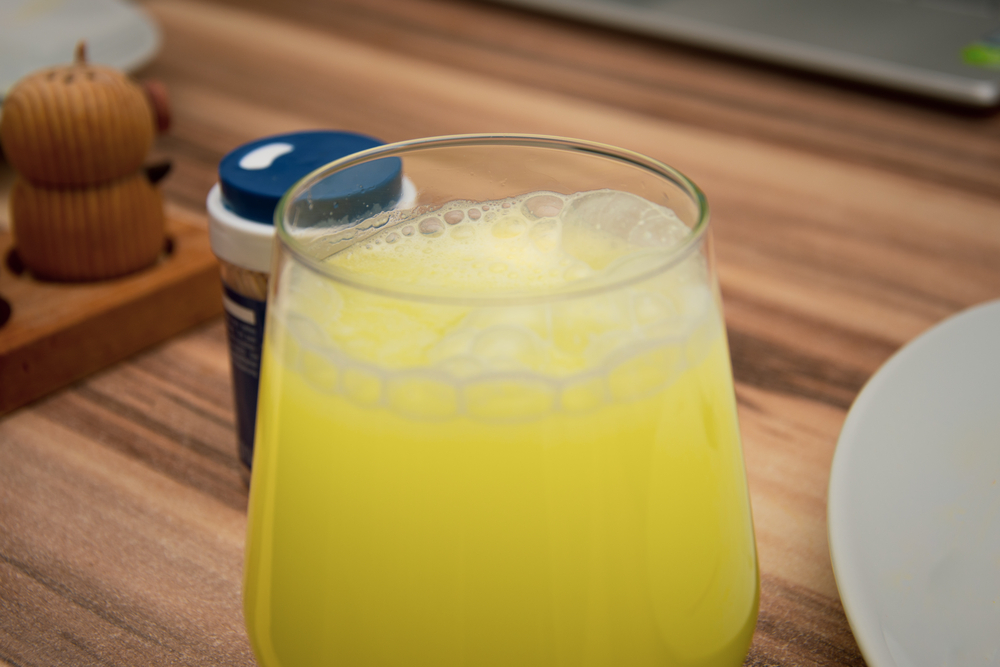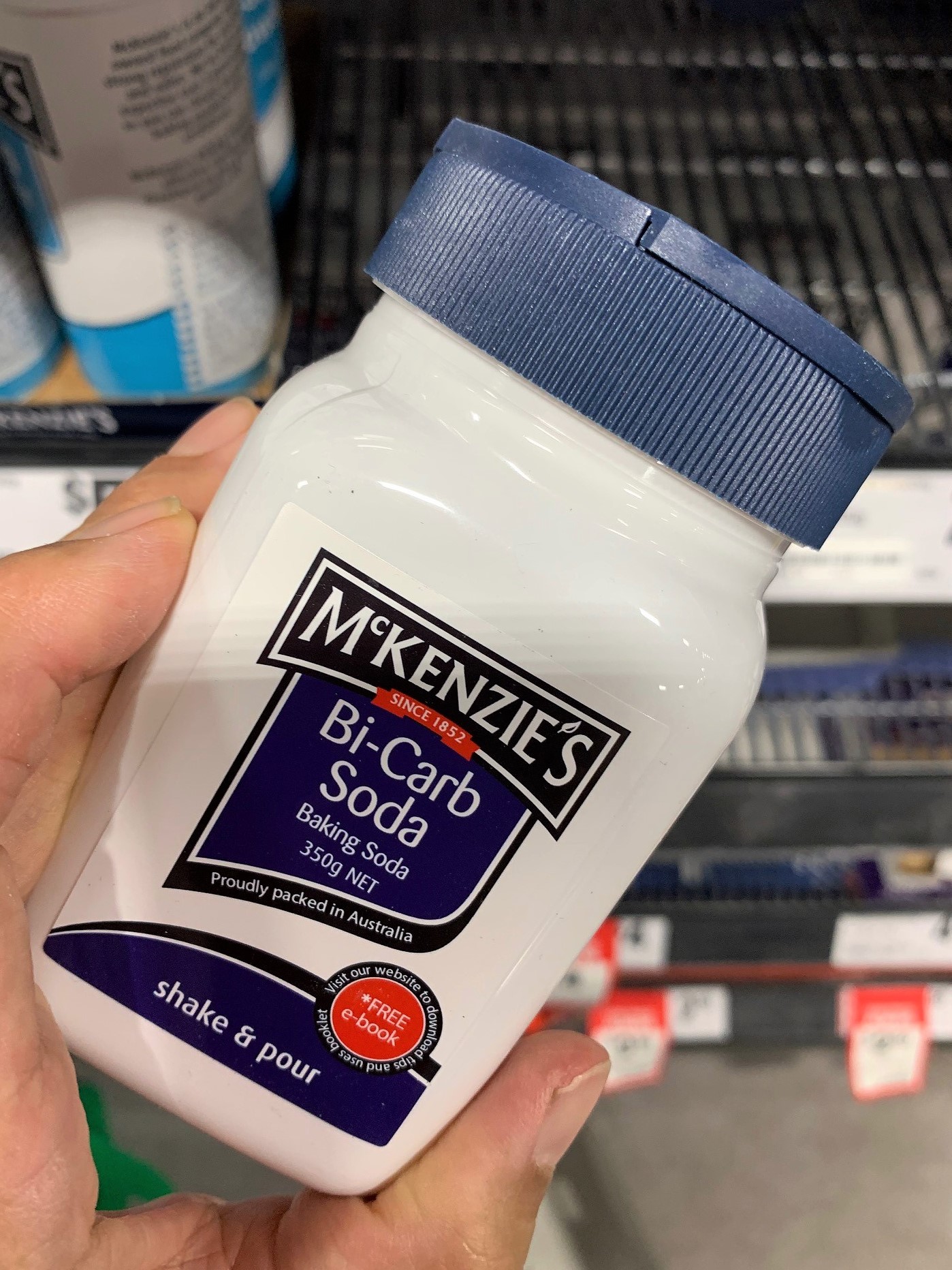- Home
- Blog
- Medical Diets
- The hidden sources of sodium in medicines and additives
The hidden sources of sodium in medicines and additives
Written by Catherine Saxelby
on Wednesday, 09 December 2020.
Tagged: health, healthy eating, nutrition, sodium

When we’re trying to reduce our sodium intake we need to be aware that sodium is also found in medicines and additives as well as in many of our foods. These sources can all contribute to excess salt. So, which ones should you be wary of?
The element sodium bonds easily and readily with many other elements such as sodium with chloride or with other negatively charged groups such as citrate or lactate. Remember, that sodium chloride is the chemical name for common salt and is added to many foods including salty sauces, stocks, soups, cheeses and breads.
Salt was important to our civilisation via its use as a flavour enhancer and as a preserving agent (think of sauerkraut, salted capers and salted meats and you’ll understand). However, salt is now widespread in many packaged foods and most adults easily exceed recommendations to consume less than 2,000 milligrams a day.
It’s the sodium part that’s the culprit in sodium chloride. It puts an added strain on the blood flow and volume via fluid retention, which raises your blood pressure putting you at risk of heart disease, stroke and kidney problems.
Sodium from medicines and additives
On most packets of medication, you’ll spot a warning about counting the sodium if you’re on a low-sodium diet, although you’ll have to read the fine print to find it. For example, the pack of Eno says “A single dose (5 grams) of Eno Regular contains 37.0 mmol (852 mg) of sodium which should be taken into account by those on a restricted sodium diet.” That’s around 42 per cent of the recommended daily intake!
1. Sodium in effervescent tablets
Anything fizzy is a tell-tale sign of sodium. Effervescent tablets are designed to break down when they come into contact with water or another liquid, releasing carbon dioxide in the process. This breakdown causes the tablet to dissolve into a solution and is also often followed by a frothing or fizzing.
Antacids
Some antacids such as Alka-Seltzer provide fast yet temporary relief of the pain associated with headache, heartburn, and sore throat. Their active ingredients are citric acid, aspirin (the pain-killing part) and sodium bicarbonate.
But a single sachet of powder or a tablet (weighing 5 g) contains some 850 mg (37 mmol) of sodium which needs to be considered as part of your total sodium intake for the day.
Heartburn relief
Indigestion remedies such as Eno contain sodium bicarbonate, sodium carbonate, citric acid. And also 37 mmol (843 mg) sodium per 5g dose.
Soluble pain killers
Effervescent painkillers are pleasant to taste, totally soluble and fast acting. Unfortunately, they are also high in sodium, containing up to 0.5 gram or 500 mg sodium per tablet. You may want to consider switching to a non-effervescent painkiller, especially if you have been advised to reduce your salt intake.
In the case of Aspro Clear, each tablet contains 300 mg of aspirin (acetylsalicylic acid). As well as other ingredients (called excipients) of citric acid, dioctyl sodium sulphosuccinate, lemon flavour, malic acid, mannitol, polyvinylpyrollidone, saccharin sodium, sodium hydrogen carbonate and, sodium carbonate. There’s 150 mg of sodium just from the saccharin alone.

In the case of Panadol Soluble, the active ingredient is 500 mg of Panadol (paracetamol) but there is also sucrose, saccharin sodium and aspartame. All in all, you also get 425 mg (18.5 mmol) sodium from one tablet.
Urinary alkalinisers
Urinary alkalinisers such as Ural, Citravescent, Cystitis Relief or Uracol work by raising the pH of the urine. This makes the urine less acidic which provides effective relief from the pain of cystitis. They are mixtures of bicarbonate plus citric acid plus tartaric acid. The sodium bicarbonate and citric acid react in water to form sodium citrate.
Each sachet of Ural (4 g) contains sodium bicarbonate, tartaric acid, citric acid anhydrous, sodium citrate anhydrous as well as saccharin sodium and a lemon oil flavouring. Ural also contains 644 mg (28 mmol) of sodium per sachet (you can switch to Ural Cranberry as a sodium-free alternative).
Citravesent contains a similar composition having sodium bicarbonate, citric acid, tartaric acid, sodium carbonate with lactose and sucrose as flavouring agents. Each sachet contains 396 mg (17 mmol) of sodium.
Fizzy vitamins
Any vitamins that are effervescent and dissolve before you take them will generally contain sodium bicarbonate to help them dissolve. It makes them easy to swallow (and contributes to your water intake) but unfortunately it adds sodium.
Fizzy vitamins such as Berocca contain anywhere between 271 and 287 mg (12 and 13 mmol) of sodium per tablet depending on the flavour. Apart from the original Berry, Berocca comes in three other flavours: Orange, Mango & Orange and Raspberry Blackcurrant.

Hangover cures
Fizzy hangover drinks such as Hairy Lemon contain ingredients like guarana, Siberian ginseng, B vitamins, vitamin C as well as saccharin. The maximum suggested dose of two tablets daily also gives you 575 mg (25 mmol) of sodium, so watch out when you take them after a big night out.
2. Sodium coming from additives
sodium bicarbonate
Bicarb of soda or baking soda (the same thing) contains sodium bicarbonate (500) and sodium acid pyrophosphate (450) as the aerating agents. The carrier compound is simply rice flour. So every time you munch into something made with self-raising flour, you’re getting a hit of sodium.

In addition, there are many additives that contribute sodium (it’s impossible to quantify how much you eat from these each day):
monosodium glutamate (MSG)
As a flavour enhancer with code number 621, you’ll get sodium from this addition.
sodium benzoate, sodium nitrite, sodium sulphite, sodium metabisulphite
These are all preservatives which add sodium (see table).
sodium stearoyl lactylate
SSL is an emulsifier with sodium in it. Code number 481.
sodium ascorbate
Here is a sodium-based antioxidant 301 which has the same ascorbic acid as vitamin C which we are already ingesting but now with sodium.
Other sodium-based additives
|
Name |
Additive code number |
Function |
|
sodium sulphate |
514 |
mineral salt |
|
sodium tartrate |
335 |
food acid |
|
sodium fumarate |
365 |
food acid |
|
sodium lactate |
325 |
food acid |
|
sodium malate |
350 |
food acid |
|
sodium acetate/sodium diacetate |
262 |
food acid |
|
sodium lactylate |
481 |
emulsifier |
|
sodium nitrate |
251 |
colour retention agent |
|
Sodium nitrite |
250 |
preservative |
|
sodium benzoate |
211 |
preservative |
|
sodium sulphite |
221 |
preservative related to sulphur dioxide |
|
sodium metabisulphite |
223 |
preservative related to sulphur dioxide |
|
sodium aluminosilicate |
554 |
anti-caking agent |
|
sodium alginate |
401 |
gum and thickener |
|
sodium guanylate |
627 |
flavour enhancer |
|
disodium inosinate |
631 |
flavour enhancer |
|
disodium ribonucleotides |
635 |
flavour enhancer |
The bottom line
Check your meds and foods for ingredients that contain sodium. On medications, there’s almost always a warning about how much sodium you’ll be ingesting if you’re on a low-sodium diet - which is good. If you have to take tablets long-term, swap to a non-effervescent form of the same medication.
On foods, there’s only the Nutrition Information Panel to alert you to the fact that the sodium count is high (anything over 600 mg per 100 gram is considered high – look down the right-hand Per 100 gram column). Otherwise you’ll have to read the list of ingredients.
Jemma O'Hanlon
The Good Stuff
The Boring Stuff
© 2025 Foodwatch Australia. All rights reserved
Website by Joomstore eCommerce





